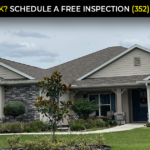Tile roofs have been a staple in architectural design for centuries, renowned for their timeless elegance and exceptional durability. Whether composed of clay, concrete, slate, or other materials, tile roofs have consistently garnered popularity among homeowners and builders alike.
Their ability to withstand harsh weather conditions, resist fire damage, and enhance the aesthetic appeal of any structure has made them a sought-after roofing choice around the globe. One of the key factors contributing to the enduring popularity of tile roofs is their exceptional longevity.
Unlike traditional asphalt shingles that may need replacement every 15-20 years, well-maintained tile roofs can last upwards of 50-100 years. However, this impressive lifespan is contingent upon regular maintenance and timely repairs.
Brief Overview of Tile Roofs
Tile roofs have been used across various cultures throughout history due to their numerous benefits. Clay tiles offer a natural earthy charm while concrete tiles provide flexibility in color options and superior durability. Slate tiles exude an air of sophistication with their elegant appearance and remarkable resilience against extreme weather conditions.
In addition to their visual appeal, tile roofs offer excellent thermal insulation properties that contribute to energy efficiency within homes. The inherent design characteristics of these roofing systems create an air space between the tiles and the roof deck, providing natural ventilation that helps regulate internal temperatures throughout seasons.
Importance of Regular Maintenance and Repair
While tile roofs possess remarkable longevity compared to other roofing materials, it is crucial not to overlook routine maintenance and timely repairs as they play a pivotal role in preserving their beauty and longevity. Regular inspections by trained professionals can identify potential issues early on before they exacerbate into major damage. By addressing minor problems such as cracked or broken tiles promptly, homeowners can prevent water penetration that leads to leaks inside the structure.
Additionally, attending to any moss or algae growth on tiles helps maintain both the visual appeal and integrity of the roof, as these organisms can deteriorate tiles over time. Adhering to a regular maintenance schedule, which includes cleaning gutters, removing debris, and inspecting flashing and underlayment, ensures that any issues are swiftly identified and resolved.
This proactive approach not only extends the lifespan of the tile roof but also helps homeowners avoid costly repairs or premature replacement. Tile roofs have gained popularity throughout history due to their durability and aesthetic appeal.
Regular maintenance and timely repairs are essential for preserving the longevity of these roofing systems. By investing in proper care and promptly addressing any issues that arise, homeowners can protect their investment while enjoying the timeless elegance and enduring performance of tile roofs.
Understanding Tile Roofs
The Artistry of Tiles:
Tiles, in their varied forms, have long been admired for their exquisite craftsmanship and timeless appeal. The three main types of tiles used in roofing are clay tiles, concrete tiles, and slate tiles.
Clay tiles offer a classic look that evokes a sense of Old World charm. Their earthy tones and textured surfaces lend a rustic ambiance to any structure.
On the other hand, concrete tiles are a versatile option that can mimic the appearance of clay or slate while providing added durability. Slate tiles exude elegance with their smooth and sophisticated textures, making them a preferred choice for high-end residences.
The Virtues of Durability:
One of the primary advantages of tile roofs lies in their exceptional durability. Unlike other roofing materials, such as asphalt shingles or metal sheets, quality tile roofs can withstand the test of time with unparalleled resilience.
Clay and concrete tiles have proven track records in terms of longevity and resistance against harsh weather conditions like strong winds or heavy rain. Additionally, they have excellent fire resistance properties that contribute to the overall safety of a structure.
A Symphony Between Energy Efficiency and Aesthetics:
Tile roofs not only provide durable protection but also offer energy-saving benefits alongside remarkable aesthetic appeal. The natural thermal insulation properties of these materials help regulate indoor temperatures by reducing heat transfer from outside elements during hot summers or insulating against cold winters. Consequently, homeowners can enjoy reduced energy consumption for heating and cooling purposes throughout the year while maintaining an eco-friendly lifestyle.
The aesthetic value provided by tile roofs is unmatched as they effortlessly elevate the curb appeal and architectural beauty of any building they grace. The striking colors, textures, shapes, and patterns available in various tile options allow homeowners to achieve unique designs that reflect personal style preferences while seamlessly integrating with surrounding landscapes.
Repairing the Frailties:
Despite their resilience, tile roofs are susceptible to certain common issues that necessitate repair. One prevalent problem arises from cracked or broken tiles, which can occur due to severe weather conditions, fallen debris, or accidental impact.
These damaged tiles not only compromise the structural integrity of the roof but also create potential entry points for water infiltration. Another issue that often plagues tile roofs is leaks caused by deteriorated underlayment or faulty flashing around chimneys and vents.
These leaks can lead to extensive water damage within a building if not addressed promptly. Moss or algae growth on tile surfaces can mar their appearance and harbor moisture, leading to accelerated deterioration over time.
Understanding the intricacies of tile roofs is essential for homeowners and roofing professionals alike. The various types of tiles available bring their unique characteristics and aesthetics to architectural compositions.
With their exceptional durability, energy efficiency benefits, and timeless beauty, tile roofs offer an excellent roofing option for those seeking longevity and elegance in their structures. However, it is crucial to be aware of common issues such as cracked or broken tiles, leaks, and moss growth in order to implement timely repairs that safeguard both the functionality and allure of these remarkable roofing systems.
Assessing the Damage
A Comprehensive Inspection Process
When it comes to assessing tile roof damage, a thorough inspection is crucial to identify all potential issues. This inspection should encompass both external and internal examinations of the roofing system. Starting with the exterior, you should visually inspect the tiles for any visible signs of damage such as cracks, chips, or missing pieces.
Carefully walk around the roof, observing each tile closely to ensure no problems go unnoticed. Moving indoors, it is essential to check for water stains on ceilings or walls.
These stains can indicate leaks or water penetration caused by damaged tiles or faulty flashing. It is especially important to examine areas near chimneys, valleys, and other potential weak points where water might accumulate or seep through.
Uncovering the Root Cause
Once you have identified visible damages during the inspection process, it becomes crucial to determine the root cause of these problems. Weather-related damage can be a common issue for tile roofs. Heavy storms with strong winds and hail can cause tiles to crack or even dislodge from their positions.
Poor installation practices can also contribute to tile roof problems. If the tiles were not properly secured or aligned during installation, they may be more susceptible to damage over time.
Additionally, improper use of adhesives or fasteners could lead to loose tiles that may break easily under stress. Neglecting regular maintenance can exacerbate these issues further.
Lack of proper care and timely repairs increases the risk of progressive damage that could affect larger sections of your tile roof over time. By identifying and understanding these root causes during your assessment process, you will gain valuable insights into how best to proceed with repairing your tile roof effectively.
Repair Techniques for Tile Roofs
Repair Techniques for Tile Roofs
Replacing cracked or broken tiles:
When it comes to addressing cracked or broken tiles, a cautious approach is vital to avoid exacerbating the issue. Begin by gently removing the surrounding tiles with great care, using a flat pry bar or putty knife.
This careful removal prevents any unintended damage to neighboring tiles and ensures a smooth replacement process. Once the damaged tile is removed, clean the area thoroughly and apply an appropriate adhesive or fastener recommended by the manufacturer.
Securely place the new tile in position, taking special care to align it with its neighboring tiles for seamless integration into the roof structure. Sealing the edges of the tile with a quality sealant will create an impermeable barrier against water infiltration, reducing the risk of leaks.
Fixing leaks:
Leak detection is crucial in preserving the integrity of a tile roof. To locate and address leaks effectively, start by tracing water stains on ceilings or walls back to their source on the roof surface.
Alternatively, employing a moisture meter can aid in identifying areas of excessive moisture that indicate leaks. Once located, repairing damaged underlayment becomes imperative to prevent further water penetration.
The underlayment acts as an additional layer of protection between your tiles and your home’s interior, shielding against rainwater infiltration during inclement weather conditions. Additionally, inspecting and repairing flashing around chimneys is essential as these vulnerable areas are prone to deterioration over time due to exposure to harsh weather elements.
Conclusion
Maintaining and repairing your tile roof is vital for its longevity and performance over time. By promptly addressing issues such as cracked or broken tiles and leaks using appropriate repair techniques outlined here, you can ensure that your roof remains robust and watertight throughout its lifespan.
Regular inspections coupled with proactive maintenance will not only safeguard your investment but also provide you with peace of mind, knowing that your home is protected by a strong and resilient tile roof. So, take the necessary steps to keep your roof in optimal condition, and enjoy the beauty and reliability it brings to your abode for years to come.


